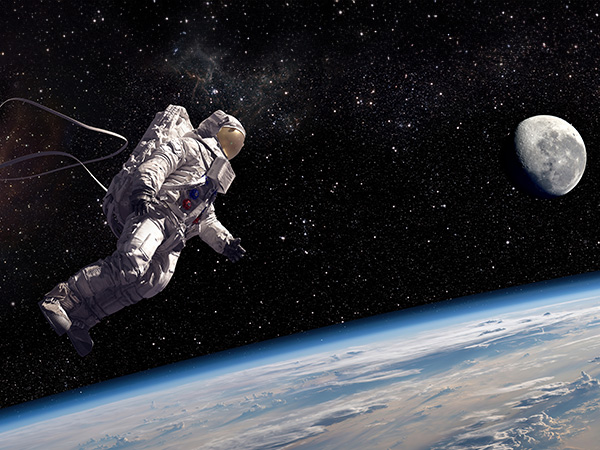
Grade:
Topic:
Unit:


In this lesson mini, students will study space exploration by engaging with key vocabulary and learning about important space milestones and notable astronauts. Students will read relevant texts and watch video interviews that will guide discussion and support them in completing vocabulary exercises, research projects, and visual summaries.

Minutes
Minutes
Minutes
Minutes
Minutes

Level-up current events into dynamic learning!